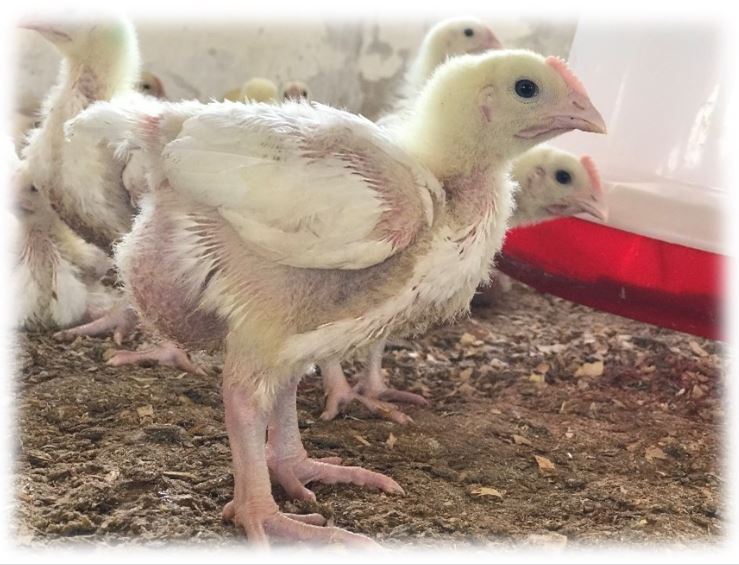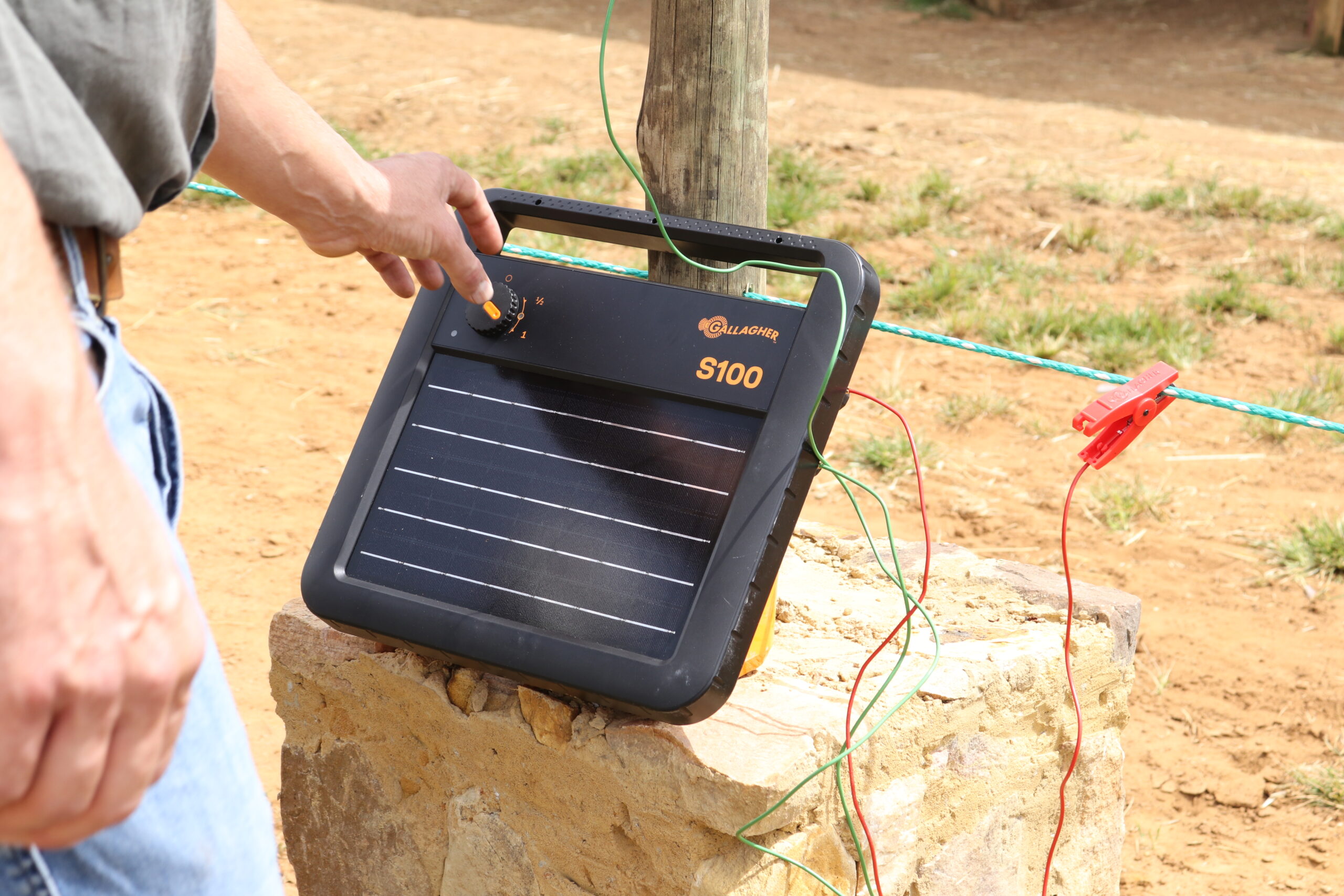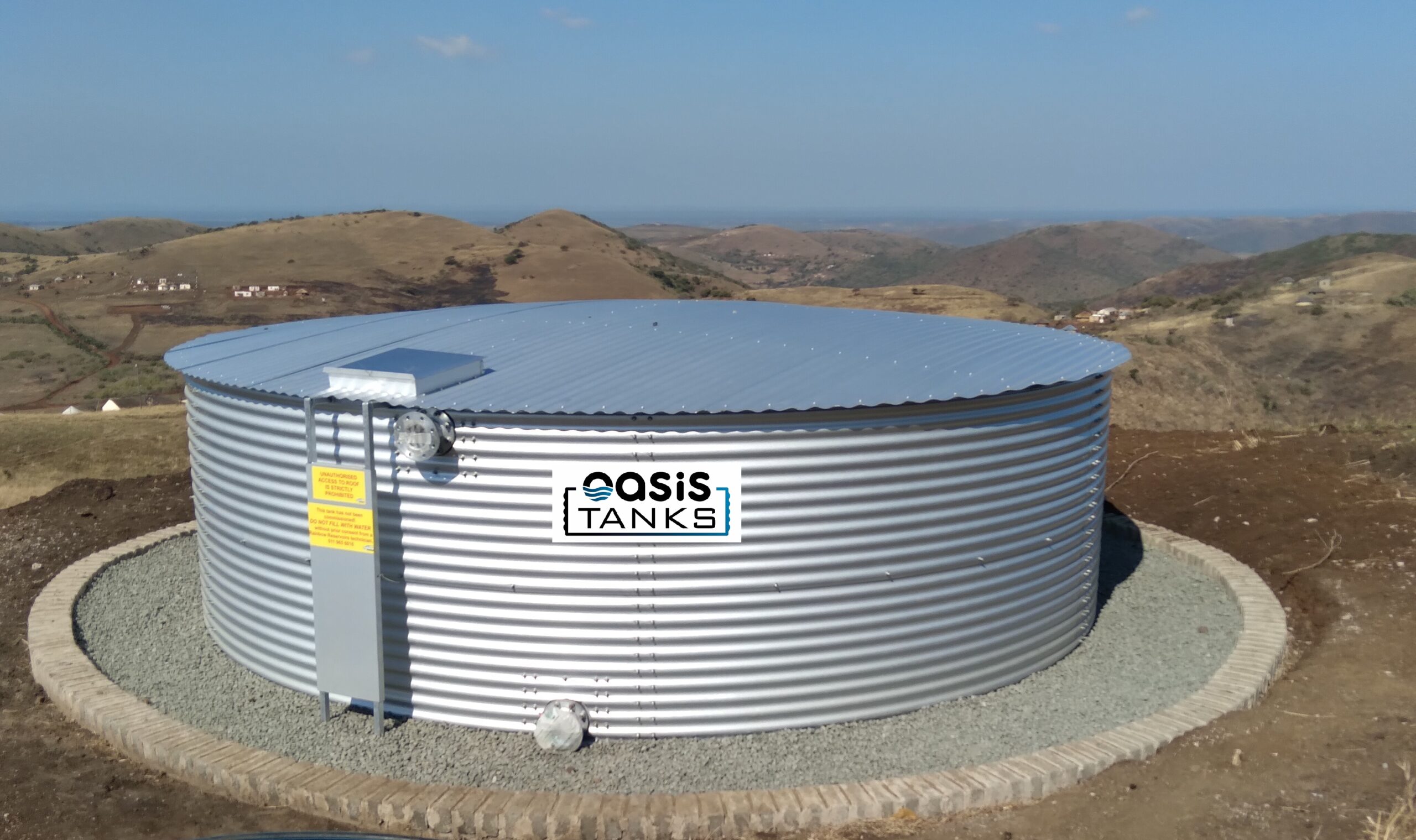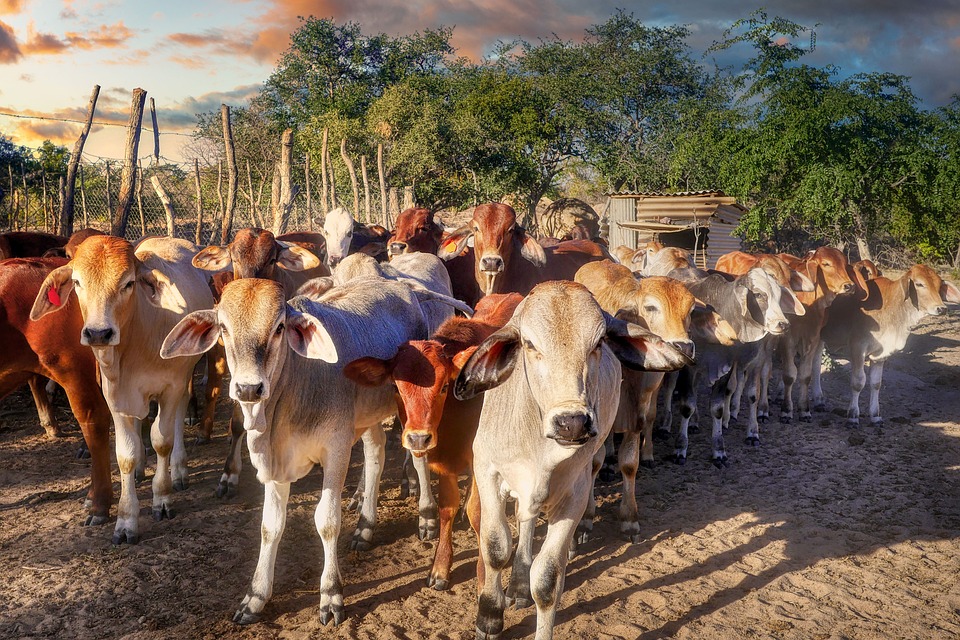Broiler weight is an important parameter when growing broilers. After all, the end goal of raising broilers is to get as many birds to market as possible, using the least amount of feed, and producing the greatest amount of meat.
With pressures on the industry to reduce antibiotic usage, there is a greater focus on finding new ways to maximise birds’ growth, health, and well-being from the earliest stages. It has long been known that the better start a broiler bird gets, the better chance for that bird to reach its genetic potential. Broiler chickens have the genetic potential for significant weight gain over a short period.
During the first 7 days, 80% of the bird’s energy is used for growth and only 20% for maintenance, indicating the importance of this period in the chicken’s life. Weighing around 40 to 42 g at hatch, broilers can achieve a weight of 2,8 kg within the next 42 days. That is an average daily growth rate of 60 g. Furthermore, according to management guidelines for the modern broiler, the birds are supposed to increase their live weight 4,25 times during the first 7 days, from approximately 40 to 180 g. Seven-day weight of the Indian river broiler is about 187 g. Good early development of the chick reaching high 7-day weights will have a significant positive impact on the bird for the rest of its life. It will improve the nutritional maturity of the bird and accelerate development of the gastrointestinal tract. Muscle growth and development of muscle morphology improves, as will long-term positive metabolic effects.
As important as bird weight is in the broiler industry, it has never been a customary practice to routinely weigh broilers, due to the physical time it takes to weigh birds on a multiple barn farm. With the development of accurate automatic scales that can have multiple platforms in a single barn, collecting weights on a broiler farm has become easier, whether you raise straight run birds or sexed birds. Actively weighing your birds gives vital data to help better manage birds to reach their genetic potential.
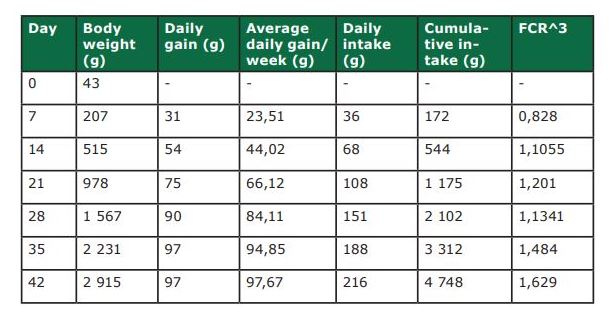
Tiger chicks’ average weights on Tiger Supreme feed and Classic feed; standard weights.
Weighing broilers can confirm how effective different management practices are. Every management technique implemented should maximise the performance of the flock. There are weighing systems available with computer software that will collect and calculate important data such as average daily weight gains, daily actual weight, co-efficient of variation, uniformity, and number of birds weighed. Some programmes have built in breed weight curves to be able to easily compare gains with documented weight curves for specific breeds. These programmes can also be enabled to track total mortality easily. If the weights of the flock are not following the recommended breed guidelines, an investigation can begin to determine the cause, instead of waiting until the flock ships, learning too late that the flock has below average weight gain.
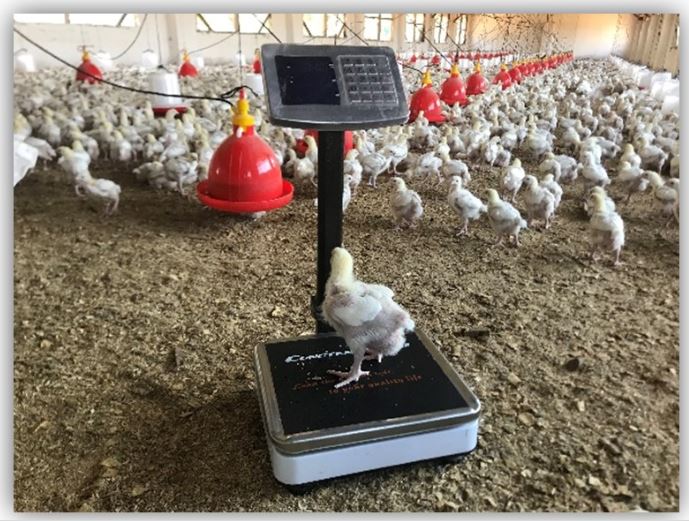
The problems that could cause poor weight gain include disease challenges, temperature or air quality issues, inadequate feed space for all birds to eat, slow feed delivery or distribution, and feed formulation or quality problems. By catching a problem early, it is possible to get the birds back on track, maybe not completely recover, but at least work to get the birds back on their growth curve and maximize remaining growth days. The success of any poultry programme must be driven with data. Good decision-making is dependent upon the quality of data and ensuring that the numbers are accurate and complete. The level of uniformity contributes to the final result, and as with any business, increasing profits with positive results is what one is after. The broiler industry is no different. Invest in a tool to maximize performance and profits.
Contact Sitali Brian, Tiger Animal Feeds: Technical Adviser on +260 96-794-6215 for more information.

